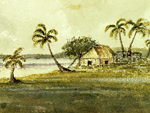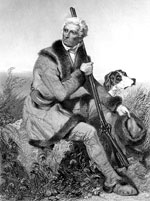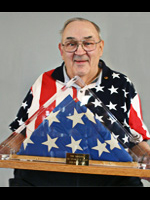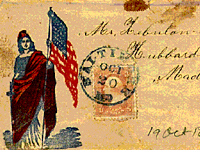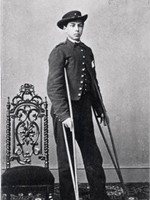Hermitage Foundation [VA]
The Hermitage Museum and Gardens consists of an early 20th century historic house museum with a worldwide art collection and contemporary exhibition galleries, surrounded by twelve acres of formal gardens and natural woodlands, educational wetlands, a Visual Arts School, and a Studio Artists Program.
The Foundation offers a variety of tours and special programs which can be catered to schoolchildren, individuals, or adult group tours. The Foundation also offers periodic special events, including special art exhibits and presentations. The website offers visitor information, a history of the site, and an events calendar.
